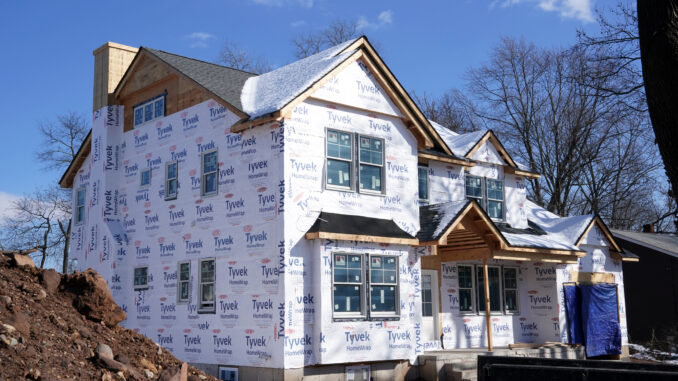
The United States is grappling with a persistent housing shortage, a problem exacerbated by the COVID-19 pandemic and years of under-building relative to population growth, according to a recent analysis by Realtor.com — and the number behind it is shocking.
The market is currently missing up to a whopping 7.2 million homes, according to the analysis, highlighting a crucial need for increased housing construction in the coming years.
The demand for housing has been steadily rising as population growth outpaces the rate of new home construction. The construction industry began to see a modest increase in new housing starts, but it is still far from closing the gap between supply and demand.
“While a recent uptick in new construction has the potential to alleviate the historically low level of homes for sale on the market today, it’s going to take some time to close the gap,” said Danielle Hale, chief economist at Realtor.com.
“That said, the elevated level of both single- and multi-family construction coming to market this year is likely to put downward pressure on rent prices in many markets, welcome news for renters. It also means that the higher than usual share of new homes for sale is likely to continue, giving home shoppers willing to consider new homes more options.”
Still, the gap between the number of households formed and the number of homes built continues to widen.
In 2023 alone, an additional 1.7 million households were formed, bringing the total number of new households between 2012 and 2023 to 17.2 million.
However, homebuilders only started construction on 947,200 single-family homes and 472,700 multi-family homes in 2023 — resulting in an overall housing starts total of 14.7 million homes, of which roughly 10 million were single-family homes.
This wide disparity between household formations and housing starts has persisted since 2016, with the gap growing from 6.5 million at the end of 2022 to 7.2 million at the end of 2023.
Despite the increase in new housing starts in 2023, the overall gap between household formations and total housing starts, including single- and multi-family homes, also widened from 2.3 million housing units between 2012 and 2022 to 2.5 million units at the end of 2023.
At the metro-level, some areas have seen outsized household growth relative to permitting activity.
In 73 of the top 100 metros in the nation, permitting activity has lagged household growth, with San Antonio-New Braunfels, Texas; Austin-Round Rock, Texas; and Deltona-Daytona Beach-Ormond Beach, Fla., topping the list.
These metros, along with several others, have experienced significant population growth due to their affordable cost of living and overall desirability.
Real Estate – Latest NYC, US & Celebrity News
